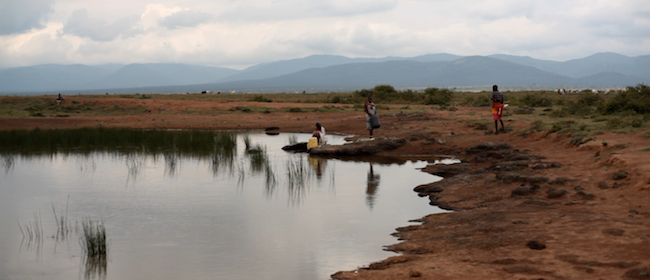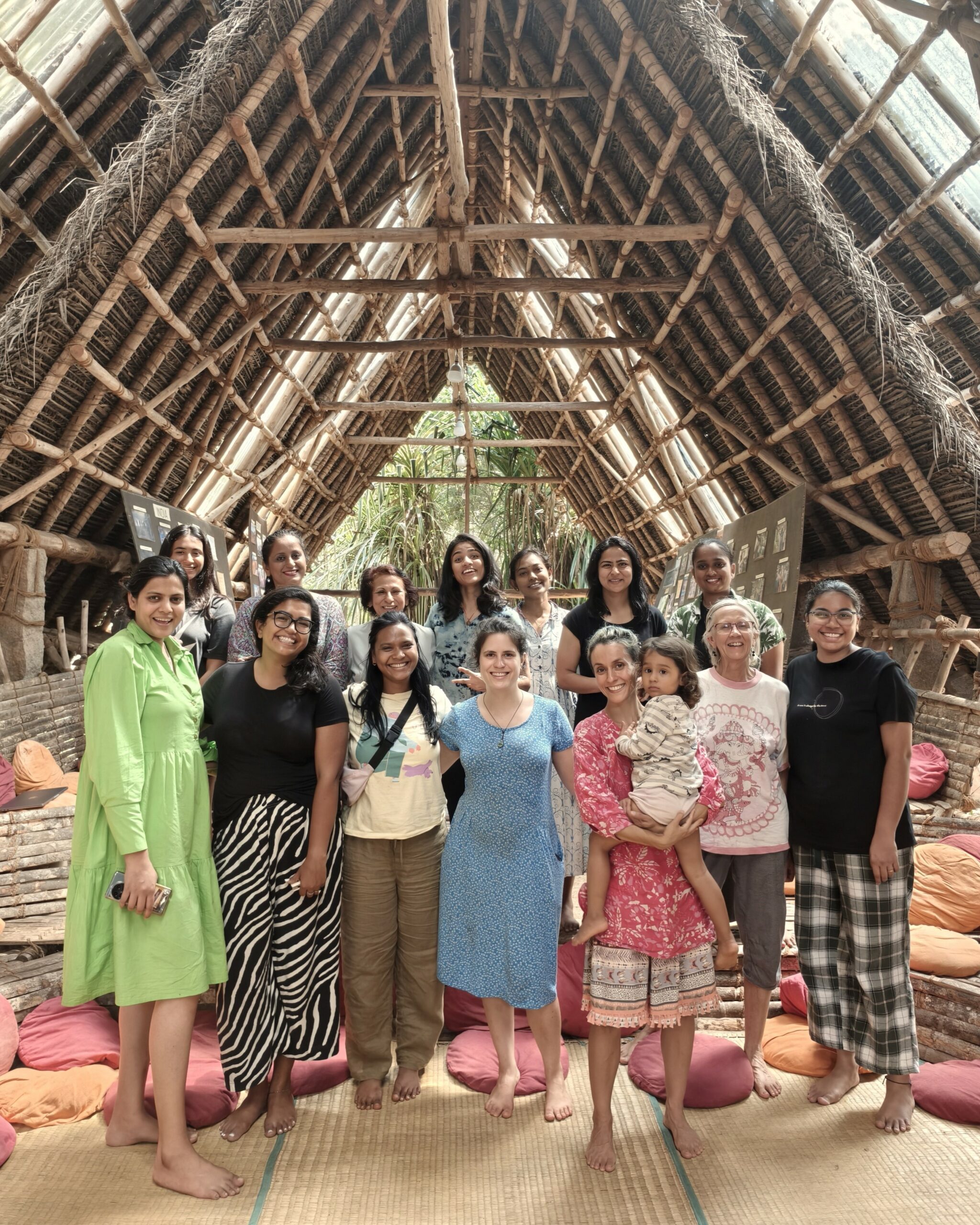Beside planting and nurturing trees, another major project in Sadhana Forest Kenya is water conservation. Sadhana Forest Kenya is located in the semi-arid area of Samburu County near the town of Kisima. Before creating a forest one must address water issues.
Drought
Samburu County has suffered reoccurring droughts in the past decade, the outcomes are devastating.
There are many problems that droughts bring about:
- Hunger and famine – The Samburu heavily rely on rains for grazing their livestock through the grasslands. In years of drought livestock, which play a key role in Samburu livelihoods, die, resulting in economic and food insecurity. Many are at risk of hunger and famine.
- Thirst — is obviously the most noticeable effect of drought, people can live without food for a few weeks but only a few days without water.
- Disease — Drought usually leads to a lack of clean water that is suitable for drinking (potable water). This can lead to life threatening illness such as diarrhea, dysentery, and typhoid fever.
- Social conflict and war — Clashes over water have occurred during times of droughts. Water is a precious commodity which in turn also secures food. When water is scarce people will compete, fight and eventually kill to secure their survival. Conflicts over pastoral lands have been exacerbated due to water shortage.. Here are some articles about conflicts resulting from droughts in Samburu County:
KENYA: Hundreds displaced in “drought” clashes
KENYA: Drought exacerbating conflict among pastoralists
- Wildlife and Biodiversity lost – Precious Kenyan wildlife dies and biodiversity decreases during these droughts.
- Migration or relocation — In Samburu County, which has been hard hit by drought, many people have been displaced due to the lack of potable water. Due to the impacts of drought many people will choose to migrate from their lands to secure their livelihood and survival. Many times people arrive in towns and cities hoping to find employment but end up finding low paying jobs that keep them in a cycle of poverty.
Our Role
Sadhana Forest Kenya will use a few methods to tackle these challenges. Trees and rains are interlinked. Trees (forests) help to “pull down” rains. The way this happens is trees absorb water from the soil for nourishment. When the sun shines on the trees, water is released from the leaves (through the stomata) and absorbed back into the atmosphere (this process is called transpiration), which eventually form clouds that bring rain to different areas. This phenomenon also cools down the forested area which also leads to rains being “pulled down.” Clouds, made up of water vapor, when cooled down condense; this condensation results in rainfall.
Another important element to water conservation is “harvesting” the rains when they arrive. Our aim is to achieve, as close as we can, zero water “run-off”. Creating earth bunds, swales, dams and check dams are just some of the techniques used to hold water in place. In Sadhana Forest Kenya we will use these techniques mainly for 2 reasons: to make sure the aquifer is replenished and to prevent soil erosion. These bunds, swales, dams and check dams help slow down water and help it percolate into the underground aquifer. The trees that we plant also help in water conservation, the roots of the trees slowly break hard soil and help the water percolate into the aquifer.
As part of our sustainable way of living, we practice various methods to minimize our water wastage and maximize our awareness of the water we do use. See “Reducing Usage”


